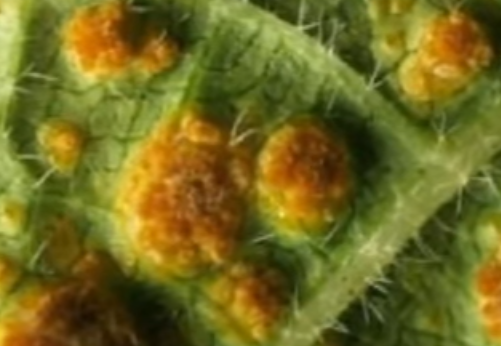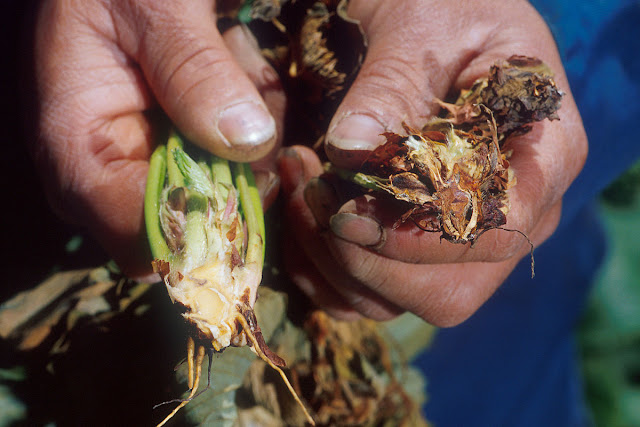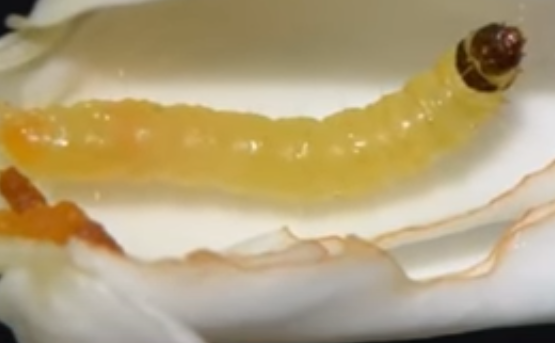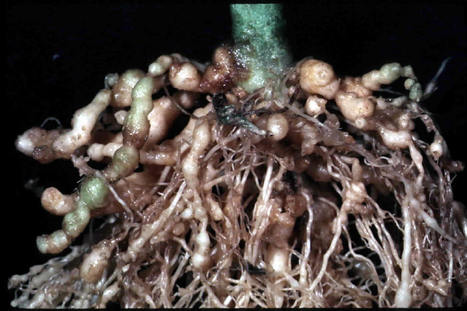Cultivation of Jasmine ; Jasminum spp
Jasmine (Jasminum spp.) is one of the oldest fragrant ornamental crops sunnvated by man. The word Jasminum has been derived from the Persian word Jas-Minum’meaning fragrance. It belongs to the olive family Oleaceae.
There are about 40 species reported to occur in India. It is grown commercially in various parts of the country particularly in southern and eastern parts. It is estimated to have an area of about 10,000 ha with an annual production of flowers worth Rs. 10 to 15 crores. It is grown as both shrubs and climbers.
Flowers and buds are used for making a garland, bouquet, ‘Veni’ and for worship. They are also used for extraction of perfumed hair oil and attar — particularly in U.P. Flowers of Spanish Jasmine (jasminum grandiflorum are used for production of world famous ‘Jasmine oil’. Flowers are exported to Sri Lanka, Singapore, Malaysia and Gulf-countries.
Species of Jasmine Cultivated in India;
There are three commercially important species of Jasmine in India namely
J.sambac is commonly known as Arabian or Tuscanjasmine, moghra, champa, motia,mogri. It is woody shrub with opposite leaves, flowers are white with single or multiwhorled petals, mainly used in making garlands, bouquets, worshipping and perfume extraction.
Propagation of Jasmine ;
J. auriculatum ; Semi hard wood cuttings
J. grandiflorum ; Terminal cuttings
J. sambac ; Terminal and semi hardwood cuttings.
Growth Regulator; Quick dipping of the basal cut end in IAA or IBA @100 ppm for terminal cutting and 2500 ppm for semi-hardwood cutting give better success.
Best Rooting Medium; Sand: Vermiculite: Moss is 1:1:1 ratio
Planting of Jasmine ;
Spacing varies from place to place, species grown, and soil conditions.
1) For J. auriculatum; spacing 1.5m X1.5 m with a plant density of
2) For J.grandiflorum; spacing 2 m X1.5 m with a plant density of
3) For J. sambac ; spacing 1.25m X1.25 m with a plant density of
Time of planting; June to November ( Rainy Season is the best time for planting )
The average age of the Jasmine plant is 10 – 15 years.
Pruning of Jasmine Plant ;
Pruning should be done in December for long-duration flowering. The use of defoliants like pentach chlorophenol, potassium chloride, and sodium chloride have been found effective and an alternative to manual pruning.
Manuring in Jasmine Field ;
Ethrel at 2000 ppm spray resulted good defoliation in J. sambac whereas it failed in J. grandiflorum. NAA at 25 ppm produced more lateral shoots resulting into increased number of flowers
Diseases of Jasmine ;
Leaf-blight (Cercospora jasminicola and Alternaria jasmini)
Leaf Blight disease occurs in a severe form on J. grandiflorum. Reddish-brown, circular spots can be seen on the upper surface of the leaves, increases rapidly in the rainy season. The infected leaves of the plant curl and start drying from the margins. Even the young shoots of the plant may dry up. In severe cases of infection, vegetative
buds and young branches dry up. The flower production is very much reduced in infected plants.
Control: Apply a Spray of 0.4% Benlate solution, 0.2% Dithane M-45 or 0.1% Bordeaux mixture has been found effective in the control of the jasmine leaf blight disease.
Rust (Urornyces hobsoni)
Rust can be visualized on all the aerial parts of the jasmine plants including flowers. Yellowish orange coloured pustules mostly appear on the lower side of the jasmine plant leaves and also on jasmine plants young twigs and flowers buds. The infected parts of the jasmine plant become fully distorted.
Control: This problematic disease can be effectively controlled by pruning of the jasmine plant branches or spraying Copper Oxychloride (0.3%) or Mancozeb (0.2%). Sulphur at the rate of 20-25 kg/ha is also useful
Wilt (Fusarium solani) ;
This disease of jasmine plants occurs in patches and the roots of the plant turn black. In the case of sclerotial wilt, in addition to the above symptoms, white mycelia are found generally girdling the roots and the sclerotia are found adhering to the roots of the wilted jasmine plants.
Control: Drenching the soil around the jasmine plant with 1% Bordeaux mixture controls wilt disease of the jasmine plant.
Pest of Jasmine ;
Bud Worm (Hendecasis duplifacialis) ;
It is a greenish larva with a black head, which bores into immature jasmine buds and feeds on floral structures and, in severe cases, webbing of buds.
Control: A basal application of Carbofuran (40g/plant) is recommended for the control of budworm of jasmine.
Gallery worm is a serious pest of jasmine plants, which causes webbing of terminal leaves, shoots and towers.
Control: To control the gallery worm the jasmine plants must be sprayed with Malathion (0.2%)
Mites ;
it attacks the undersurface of leaves, which later on become yellow and drop off. Severe puckering and discolouration of leaves are caused by the gall mite in J. auriculatum. The Jasmine variety Parimullai released by the TNAU, Coimbatore, is resistant to gall mite.
Control: Wettable Sulphur (0.3%) can be sprayed on the infested plants for controlling this pest.
Root-Knot Nematode (Meloidogyne incognita) ;
Root – Knot disease of the Jasmine plants causes severe stunting of plants, branches of the plant become dry with yellow leaves which drop prematurely.
Control: Apply Neem cake at 1 t/ha or Carbofuran at 2.5kg/ha to effectively suppressing the nematode population.










